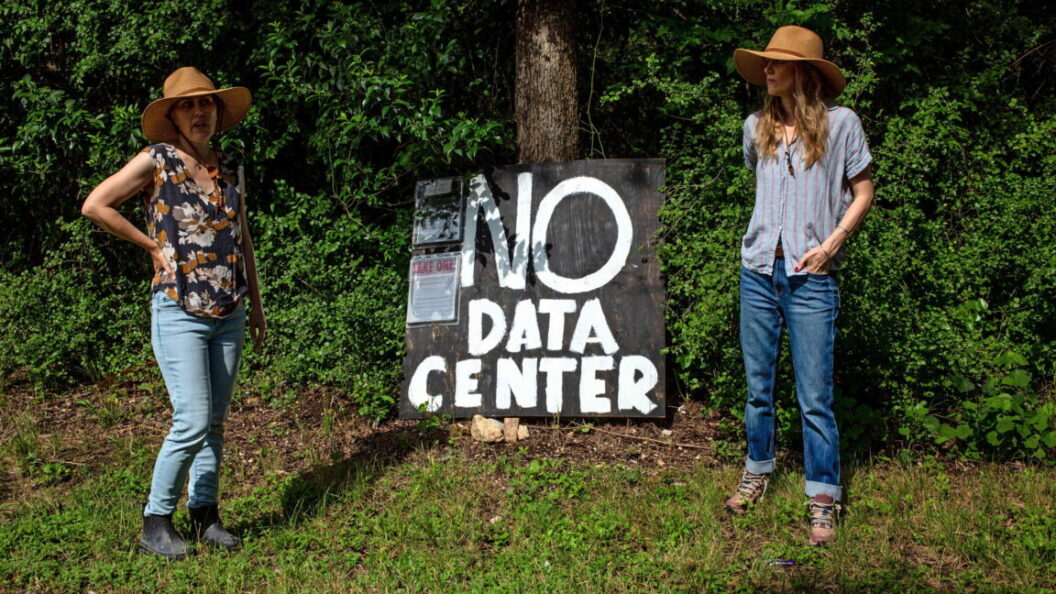Controversy Surrounds New Power Plant Proposal in Texas
A proposed gas-powered plant by Sandow Lakes Energy has become a focal point of community debate in Texas. The company, which aims to construct a facility to generate 1,200 megawatts (MW) of electricity, claims the project will not only benefit the local economy but also provide sustainable energy sources. However, many residents are expressing concerns about its potential impact on the community and environment.
Reassurances from Sandow Lakes Energy
In a recent statement, Sandow Lakes Energy asserted that the sound level from the new power plant would be comparable to that of a "quiet library" at the nearest property line, seeking to alleviate fears about noise pollution. Furthermore, the firm emphasized the plant’s economic benefits, projecting that it would bolster the local tax base and create hundreds of temporary construction jobs alongside dozens of permanent positions. To support their claims, Sandow Lakes Energy shared letters from local residents expressing their endorsement of the project.
Nathan Bland, president of Rockdale’s municipal development district, articulated the significance of reliable and environmentally friendly energy production for regional growth. He stated, “We recognize the critical need for reliable, efficient, and environmentally responsible energy production to support our region’s growth and economic development.”
Questioning Grid Contribution
Despite Sandow’s assertions of the plant supporting the Texas public grid, permits indicate that only 80 MW will actually contribute to the public system temporarily, with the majority designated for private customers. These customers have yet to be publicly identified, which raises questions regarding transparency. According to a permit review by the Texas Commission on Environmental Quality, “Electricity will continue to be sold to the public until all of the private customers have completed projects slated to accept the power being generated.”
Sandow’s development is part of a larger 33,000-acre project in Lee and Milam counties, where energy-intensive operations are already in place. One significant tenant is Riot Platforms, known as the largest cryptocurrency mine in North America, which has the capacity to utilize up to 700 MW of electricity. This trend is echoed by plans from Bitmain, another major cryptocurrency entity, to expand their operations in the area.
Community Concerns
At a recent public meeting held in Blue, Texas, local residents voiced their apprehensions regarding the plant’s impact. Brown, a resident and owner of a wildlife sanctuary located nearby, publicly criticized the siting of the facility. He expressed, “You don’t want to put it up into the middle of your property where you could deal with negative consequences. So it looks to me like you are wanting to make money, in the process of which you want to strew grief in your path and make us bear the environmental costs of your profit.”
The proximity of the plant to residential areas has raised issues about environmental consequences that the community may face, reflecting a broader tension between economic development and the well-being of residents.
Looking Ahead: Economic vs. Environmental Impact
As the discussion surrounding the Sandow Lakes Energy plant unfolds, the juxtaposition of economic opportunity against potential environmental risks remains central to the debate. While proponents argue for the benefits of job creation and infrastructure support, skeptical residents are calling for greater transparency and commitment to safeguarding their quality of life.
The outcome of this proposal could serve as a bellwether for similar developments in Texas. With a growing demand for energy, particularly from industries such as cryptocurrency mining, how communities regulate and respond to such projects could significantly shape the future of energy production and environmental stewardship in the region.
In conclusion, the Sandow Lakes Energy project encapsulates the complex dynamics of modern energy development—balancing the demands of economic growth against the necessity for environmental accountability. The forthcoming decisions made by regulators and community stakeholders will have lasting implications on local livelihoods and ecological health, highlighting the essential need for informed dialogue and responsible planning in energy infrastructure initiatives.









